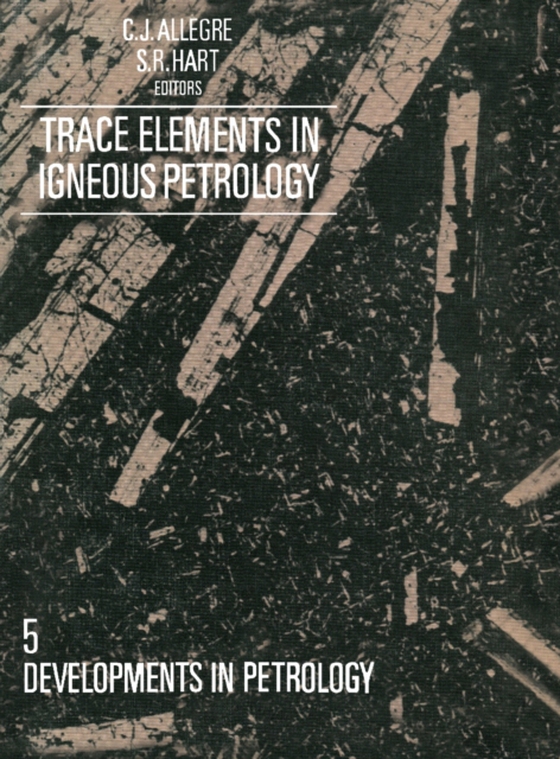
Trace Elements in Igneous Petrology e-bog
473,39 DKK
(inkl. moms 591,74 DKK)
Trace Elements in Igneous Petrology, 5: Developments in Petrology: A Volume in Memory of Paul W. Gast focuses on the contributions and influence of Gast in petrology, including crystallization, magmatic processes, isotopic composition, and ocean ridge basalt chemistry. The selection first takes a look at quantitative models of trace element behavior in magmatic processes; application of trace ...
E-bog
473,39 DKK
Forlag
Elsevier Science
Udgivet
22 oktober 2013
Genrer
PNV
Sprog
English
Format
pdf
Beskyttelse
LCP
ISBN
9781483289595
Trace Elements in Igneous Petrology, 5: Developments in Petrology: A Volume in Memory of Paul W. Gast focuses on the contributions and influence of Gast in petrology, including crystallization, magmatic processes, isotopic composition, and ocean ridge basalt chemistry. The selection first takes a look at quantitative models of trace element behavior in magmatic processes; application of trace elements to the petrogenesis of igneous rocks of granitic composition; and an assessment of local and regional isotopic equilibrium in the mantle. Discussions focus on evidence derived from time constraints, scale of isotopic disequilibrium, fractional crystallization, trace element modeling, geodynamics and tectonic setting, partition coefficients, quantitative models for trace elements, and parameter determination and inverse-problem solution. The publication then examines the isotopic composition of lead in oceanic basalt and its implication to mantle evolution; strontium isotopes in basalts from the Pacific Ocean basin; and trace elements in ocean ridge basalts. Concerns cover variations in ocean ridge basalt chemistry, trace elements in ocean ridge basalts, disequilibrium partial melting, seawater alteration, background for lead isotope tracer studies, and uranium, thorium, and lead concentrations in basalts. The book examines trace elements and anorthosite genesis, lead isotopes in Archaean plutonic rocks, early Archaean rocks and geochemical evolution of the earth's crust, and factors controlling the noble gas abundance patterns of deep-sea basalts. The selection is a valuable source of data for researchers interested in petrology.
 Dansk
Dansk

